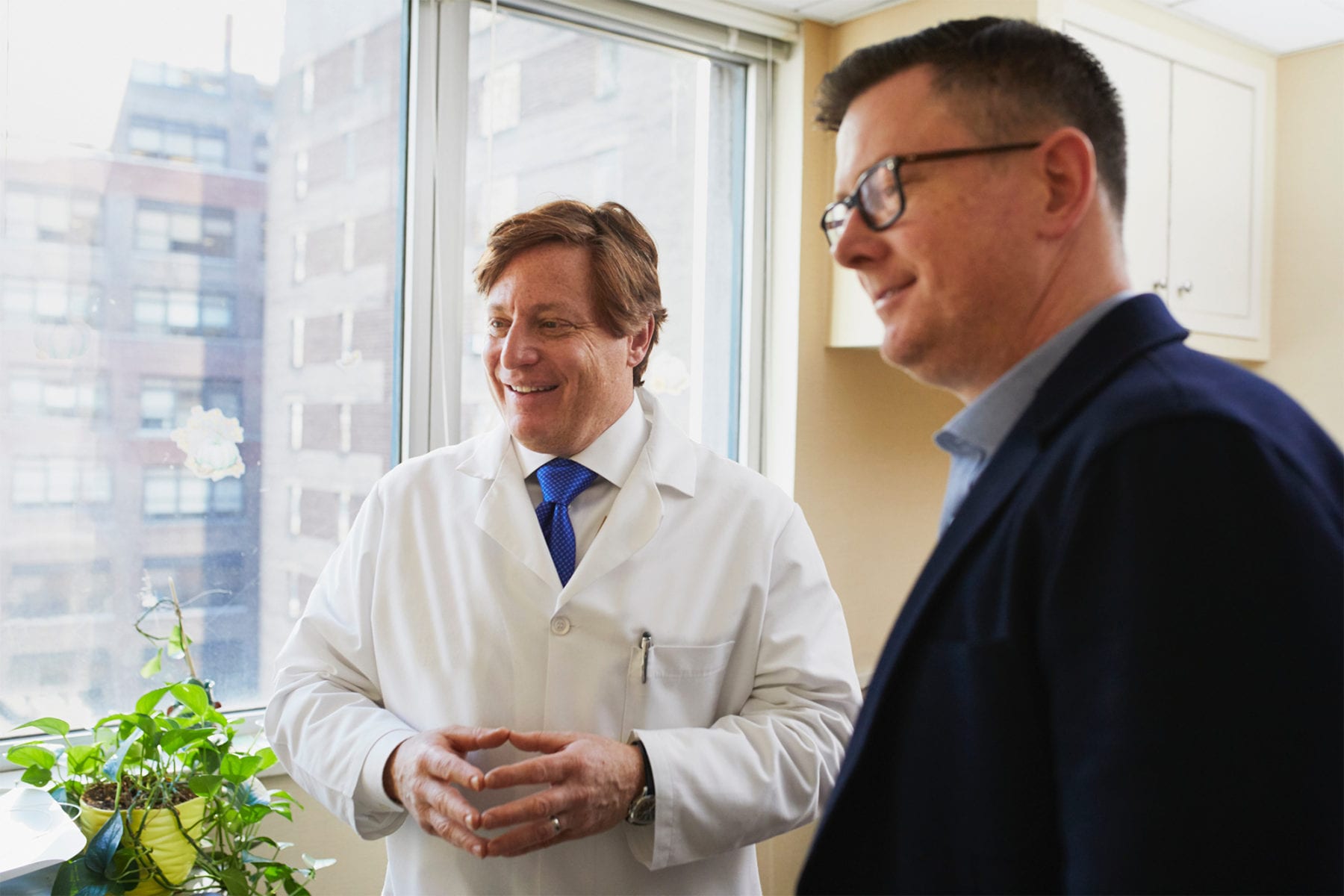Personal Contact Reduces Readmission Rates
Oct 8, 2017

New research suggests that adding a personal touch to the doctor-patient relationship after discharge from the hospital may help to lower readmission rates of patients. This information comes courtesy of a trial program put together by three non-profit hospitals located in the Bronx, NY. Montefiore Medical Center, Bronx Lebanon Hospital Center and St. Barnabas hospital all reported significant drops in readmission rates after installing a few new but basic follow up procedures to their post-discharge practices.
Methods of Personal Contact Post-Discharge
The new personal contact methods laid out in this study were quite straightforward. Prior to discharge, patients selected for increased personal contact attended an information session aimed at educating them on proper behavior upon leaving the hospital. Additionally, care transition managers set up a follow up appointment for these patients, scheduled to occur within 14 days of their discharge. Finally, patients received up to four follow-up phone calls within the next 60 days. During these phone calls, care transition managers checked in on the health of patients and made sure that they had attended their follow-up appointment.Testing the Success of Personal Contact
In order to develop a framework for testing the success of personal contact post-discharge for lowering readmission rates, these three hospitals first used a predictive modeling system to identify a group of patients considered likely to be readmitted. This group of patients was then divided into two groups. The first was a group of 500 who received additional personal contact following discharge. The second was a group of 190 individuals who received the standard treatment following discharge. After 60 days, 26.3 percent of patients who received standard care had been readmitted to the hospital. However, only 17.6 percent of patients who had received a more thorough level of personal contact had been readmitted. The hospitals involved in this study concluded that if their new personal contact initiatives were extended to all patients at high risk of readmission, they could reach approximately 9,300 patients within the local hospital system. They estimate that this change in policy could save the local hospitals $5.5 million annually.For informational purposes only.

